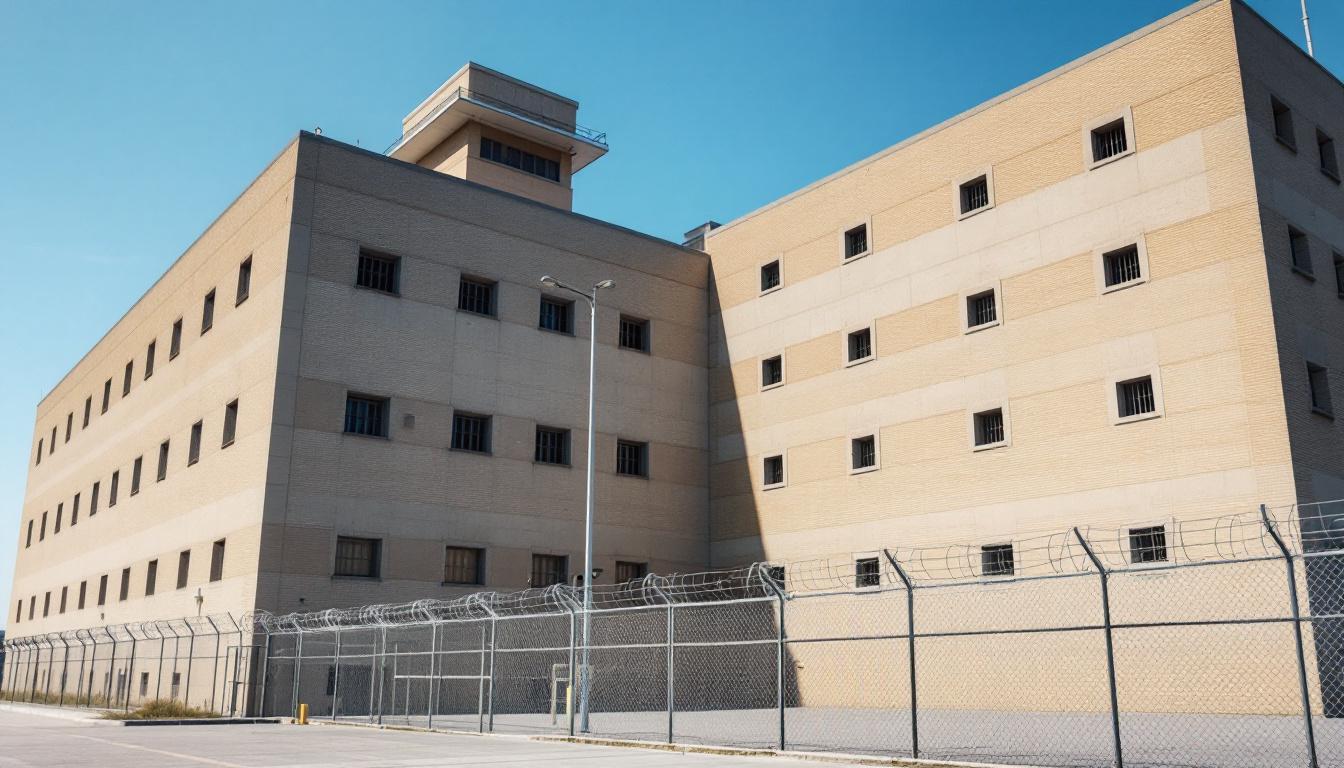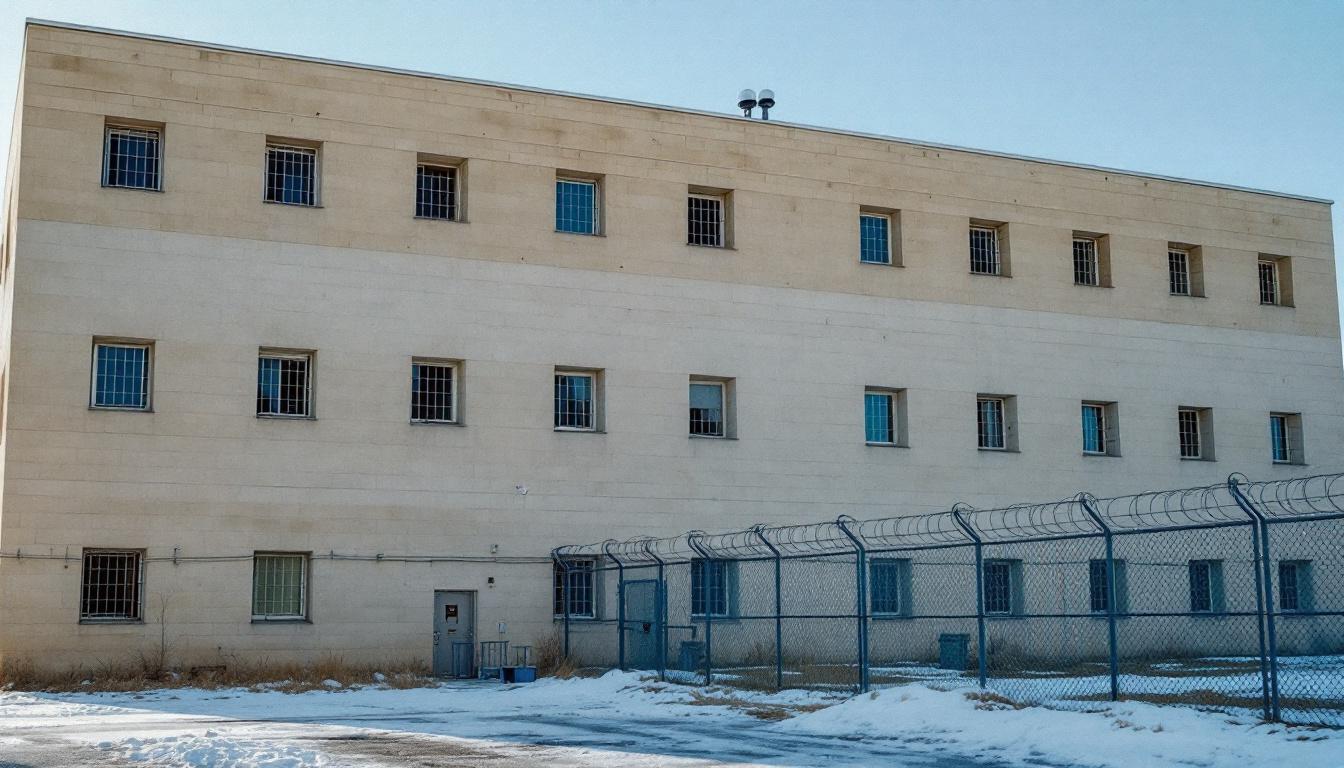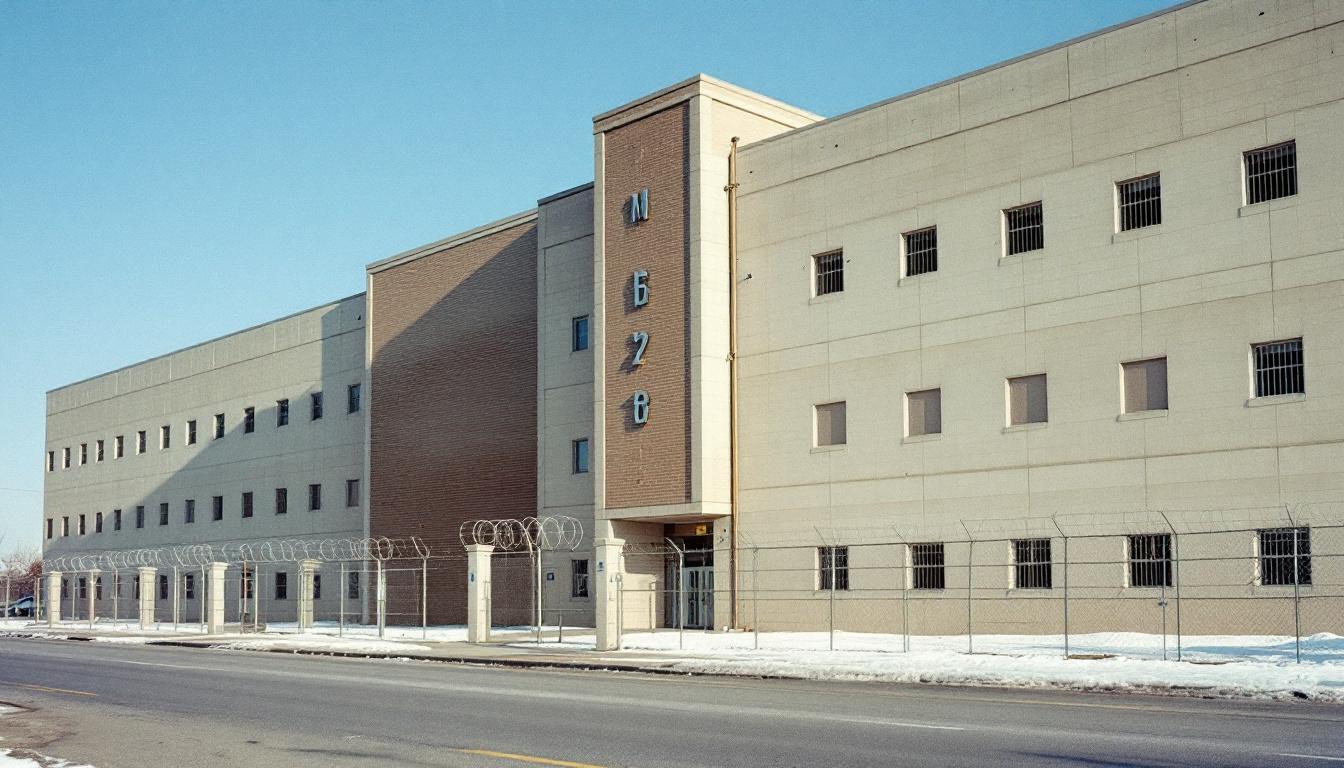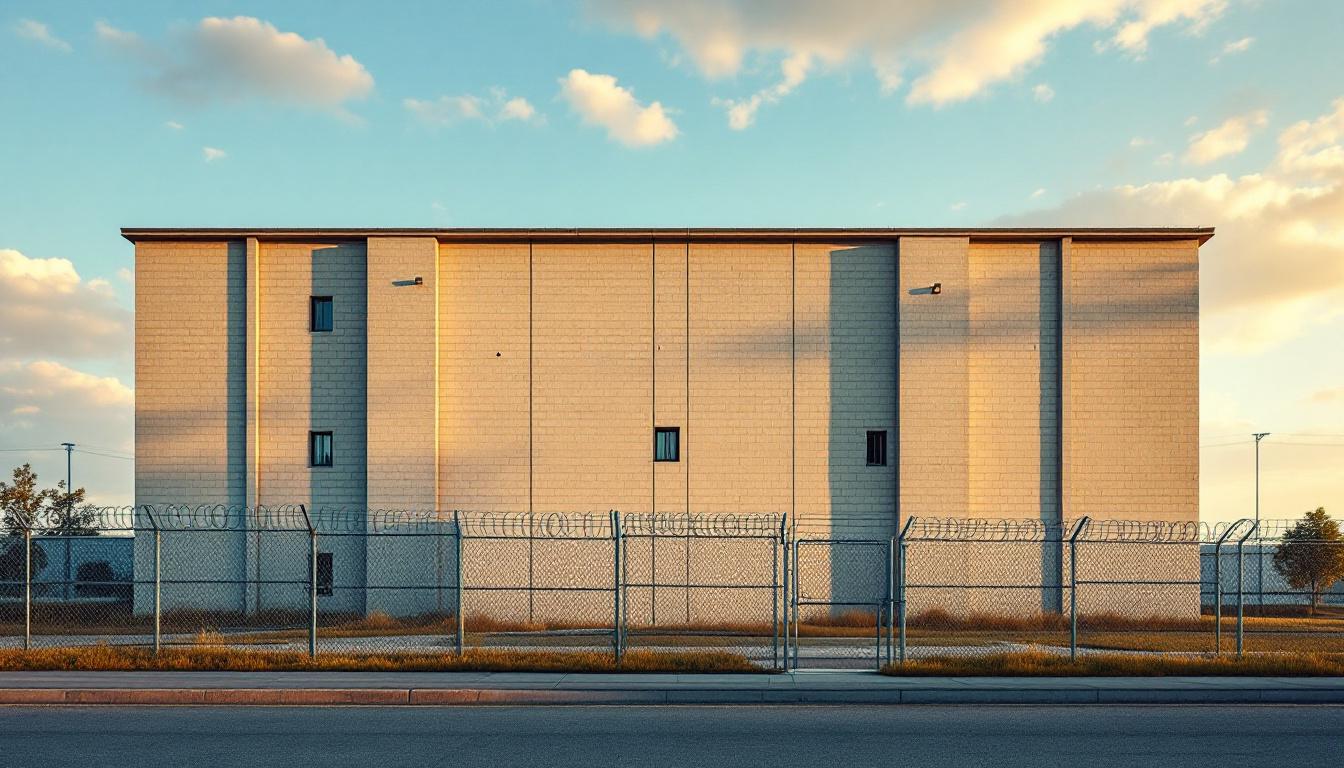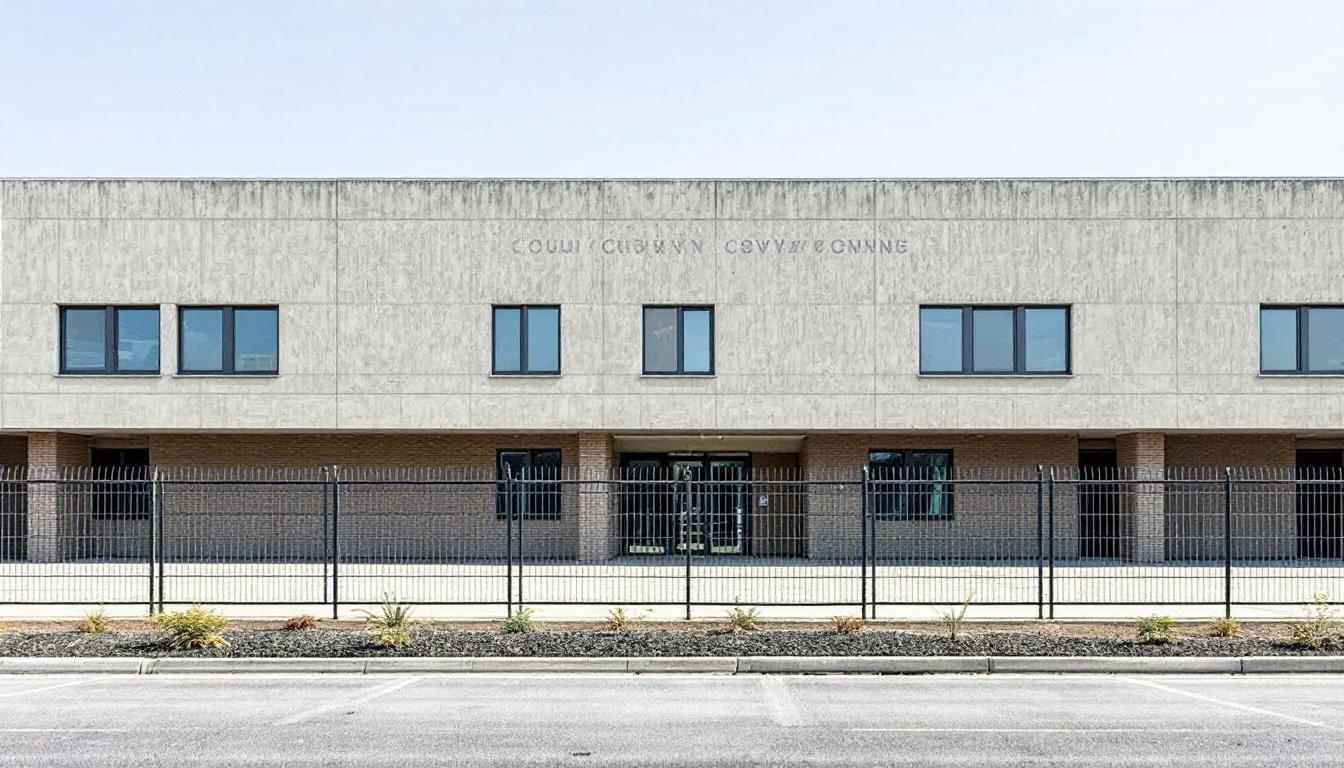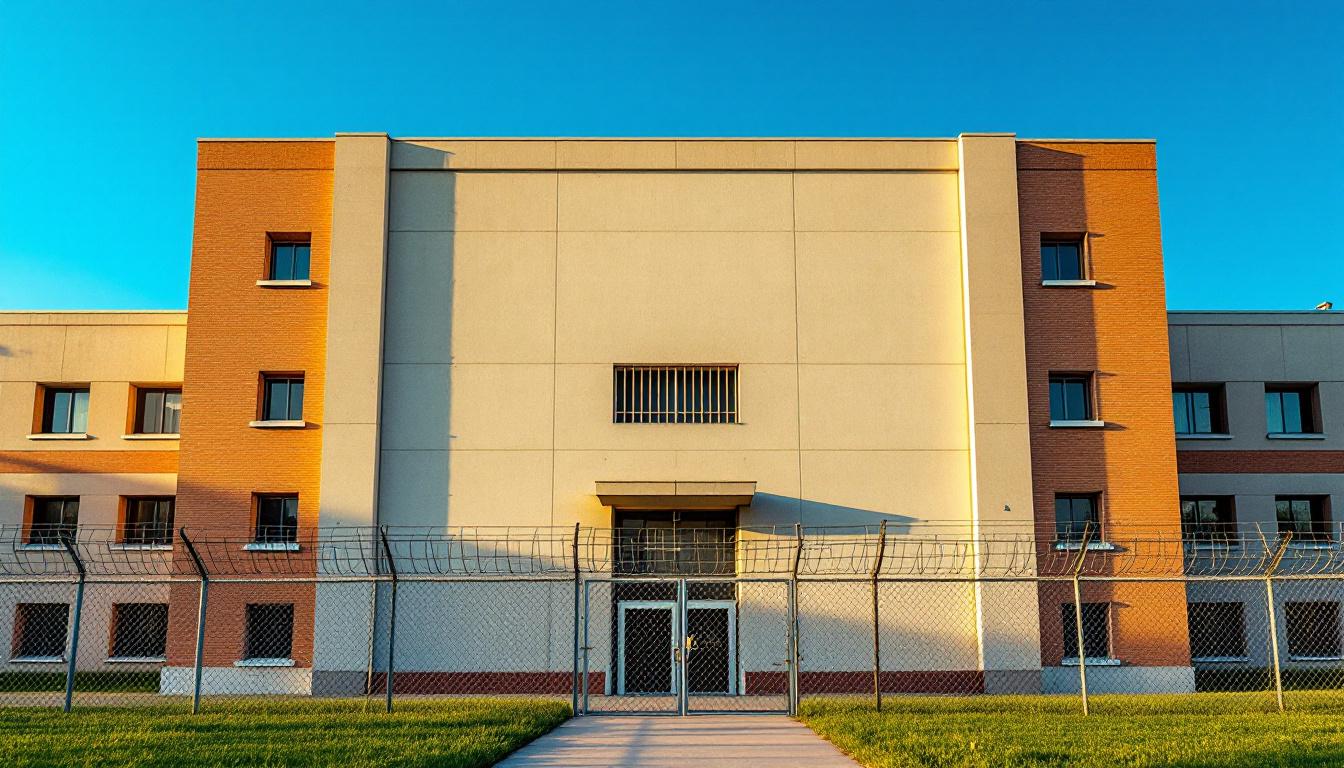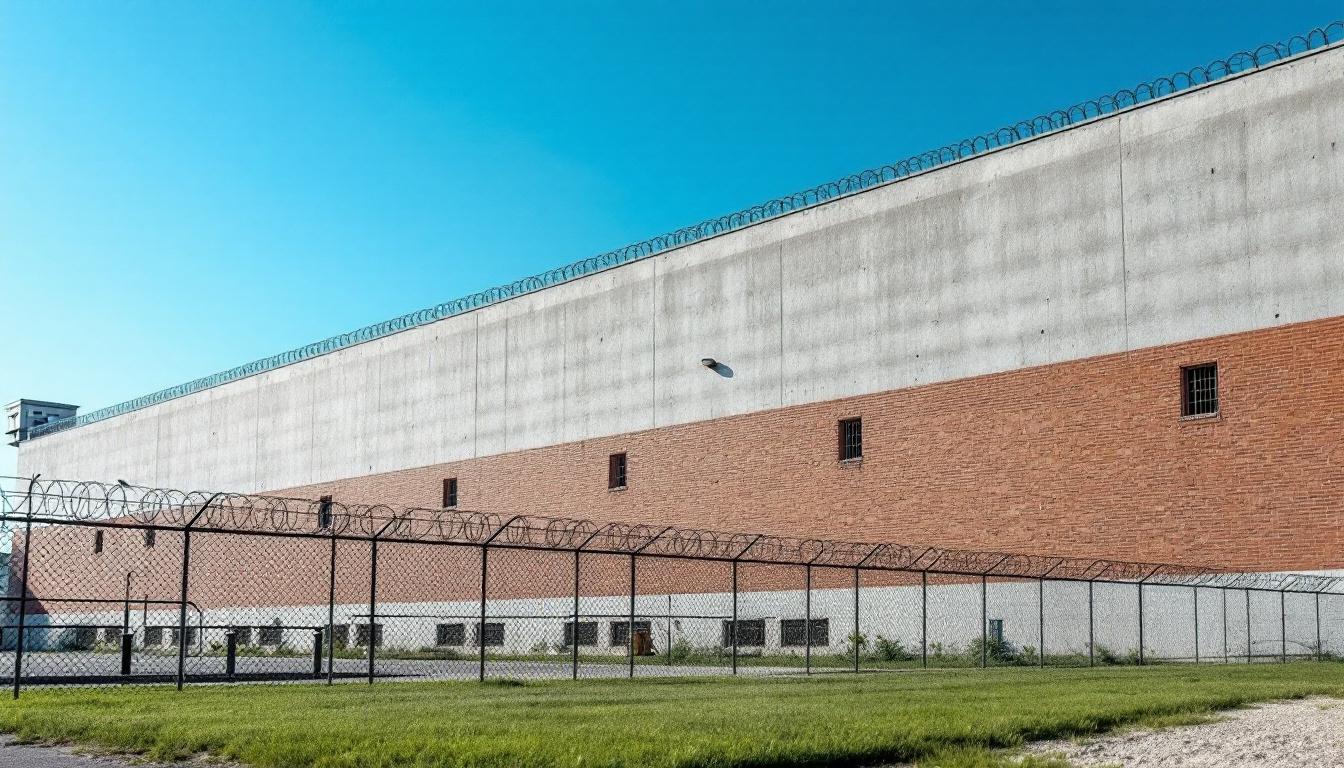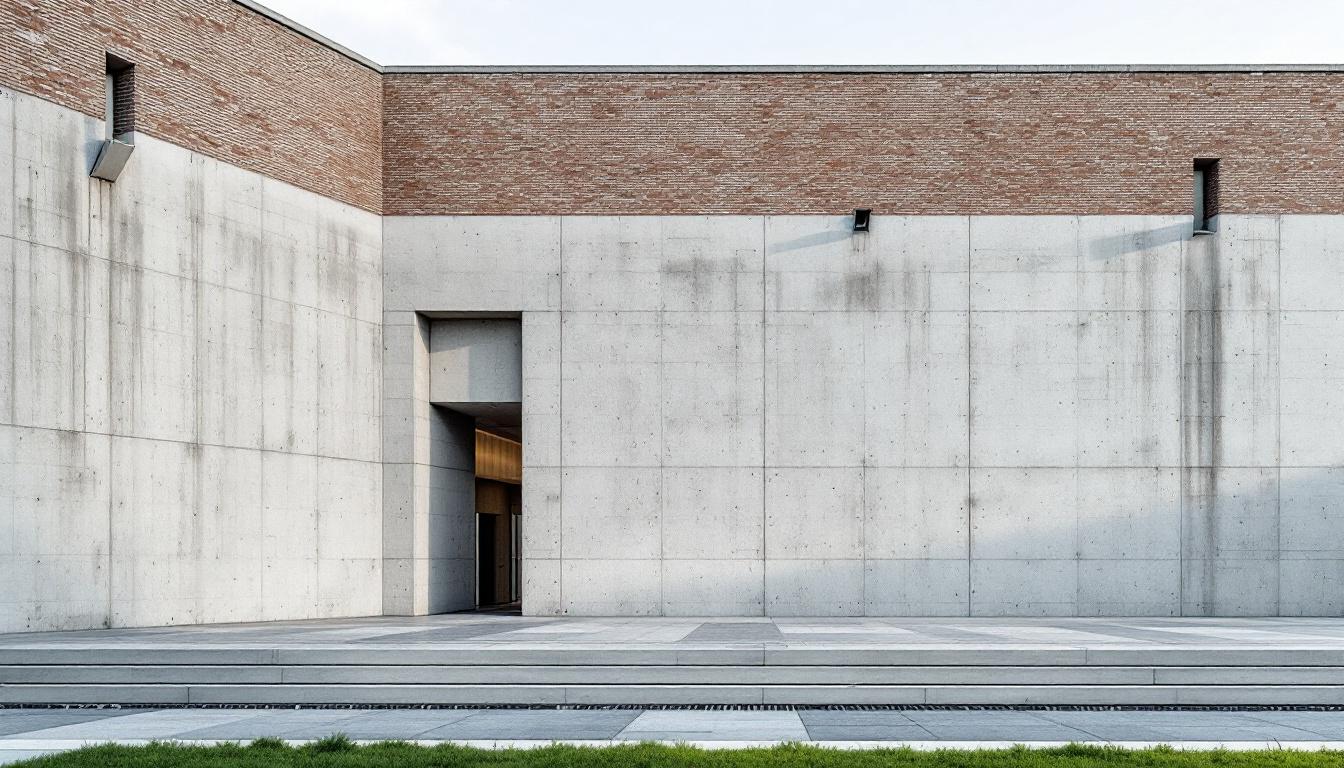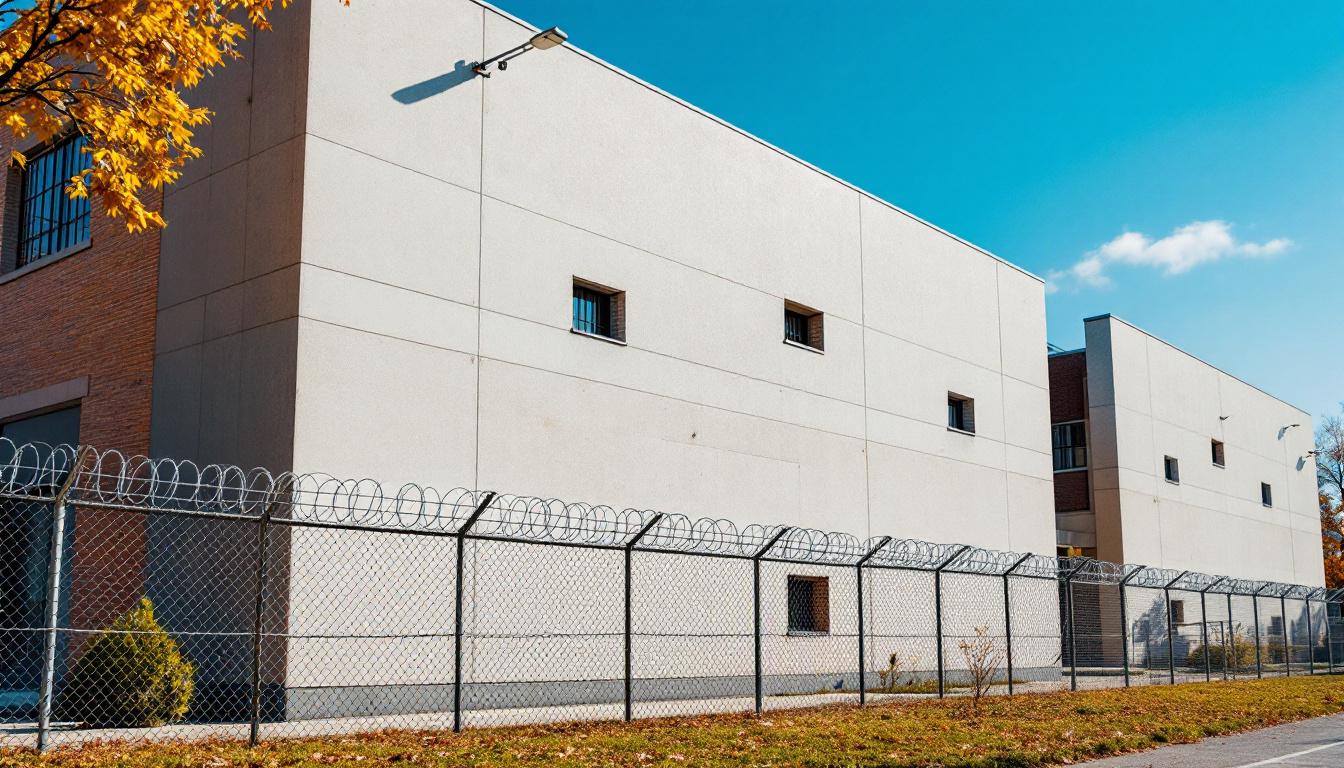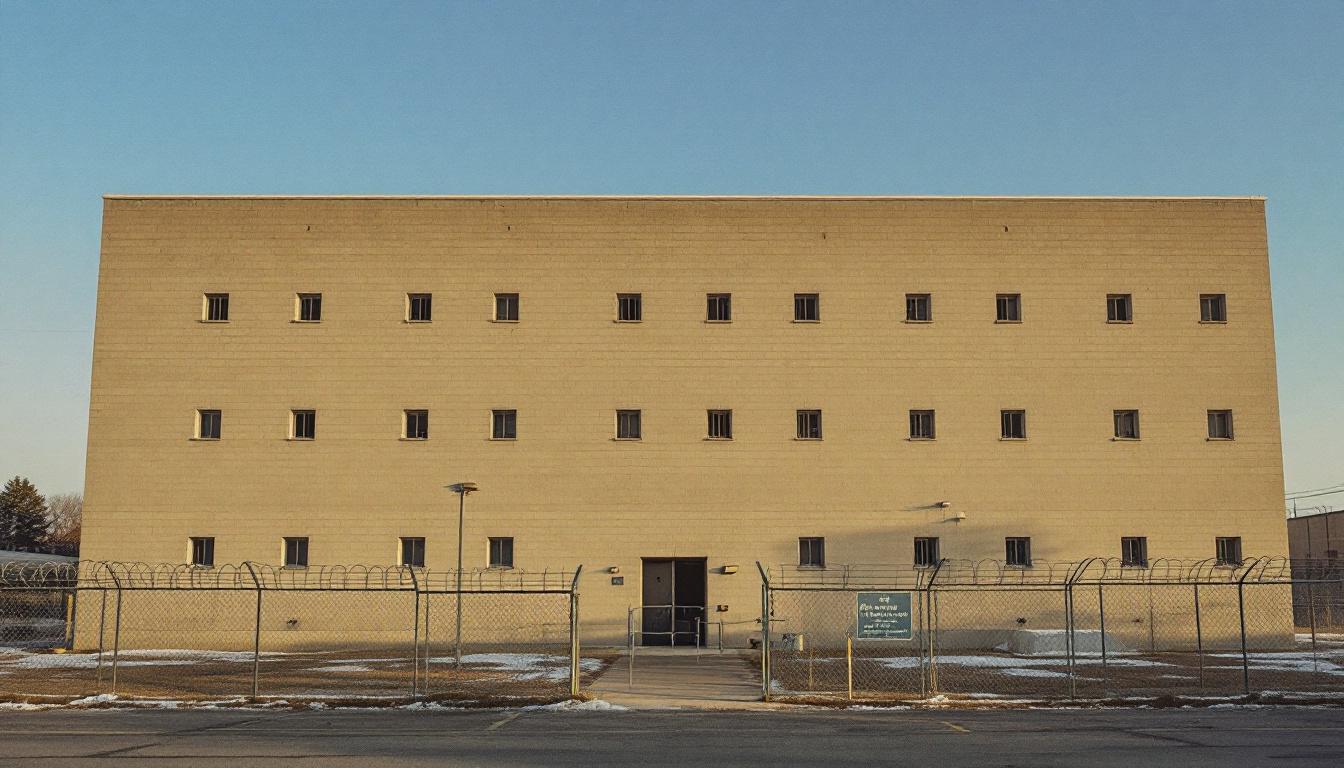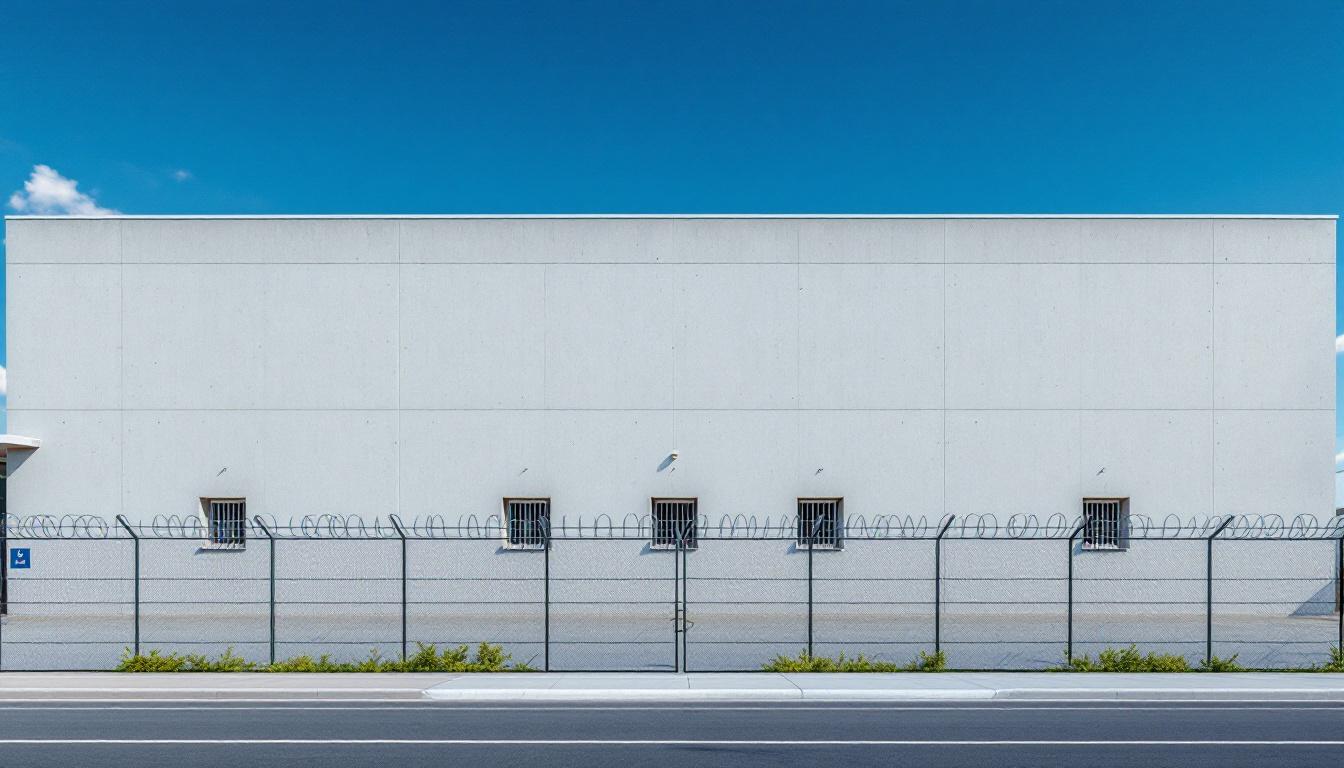
Quick Navigation
How to contact an inmate at Portage County Juvenile Court
This comprehensive guide will walk you through how to connect with an inmate at Portage County Juvenile Court. Follow the steps below to find an inmate and send letters and photos:
- Search for the inmate using our search tool below
- Create your account or log in to Penmate
- Write your message (up to 6,000 characters)
- Send instantly - inmates receive printed copies daily
Find an Inmate
Search for an inmate to start communicating today
Tip: You can search by first name, last name, or inmate ID number
To contact a person at Portage County Juvenile Court start by searching for the person on the official facility website. Perform a search by following these steps:
- Step 1: Enter their first name and last name into the search form and click "Search"
- Step 2: Locate their inmate record
- Step 3: Write down their Inmate ID and any housing information provided
Important! Be sure to enter the person's full name. Nicknames should not be used.
How to Send Messages to Inmates

You can use your phone or computer to send emails, letters, and photos to an inmate. Messages are sent electronically to inmate tablets or kiosks at the facility. If you would like to send a message, start by searching for an inmate at Portage County Juvenile Court.
Sending Photos and Postcards

A great way to send love and support to a loved one at Portage County Juvenile Court is to send photos and postcards. It only takes a few minutes to send photos from your phone and it makes a huge difference. You can also mail postcards with words of support and inspiration, or design your own postcard for special moments like birthdays and holidays.
Important! Be sure not to send any explicit photos or they may not be approved by the facility. You can also use a photo printing app like Penmate to make sure your photos are printed at the correct size (4x6 or 3x5) and are mailed according to the rules and regulations of Portage County Juvenile Court.
Frequently asked questions about Portage County Juvenile Court
-
How long does it take to deliver a message?
If you're sending an email message your letter is usually delivered within 24-48 hours. For messages sent via mail you should expect delivery within 3-7 days. All messages will need be approved by Portage County Juvenile Court.
-
How much does it cost to send a message to Portage County Juvenile Court?
You can send a message free using your phone or mail a message via USPS for the price of a $0.60 stamp and envelope. You can also purchase credits or e-stamps from services starting at $1.99.
-
What services can I use to contact an inmate at Portage County Juvenile Court?
Penmate
You can use Penmate to send letters and photos to an inmate from your phone. It's an easy way to stay in touch during your loved one's incarceration. Use the inmate locator to find an inmate's location and contact information, then you can send messages within a few minutes.
Securus messaging
Securus may be another option for communicating with an inmate at Portage County Juvenile Court. You can create a friends and family account and purchase credits to send messages. All messages will be reviewed and must be approved by the facility.
JPay
Some county jails and state prisons may support sending messages with JPay. You must register an account with the system, find your loved one, and purchase stamps to send messages. For some locations you can also attach photos.
Smart Jail Mail
You may also check if Smart Jail Mail is available at Portage County Juvenile Court. Smart Jail Mail is operated by Smart Communications and has contracted with some state and county jails. After purchasing credits, your messages and photos are sent to the facility, printed out, and then handed out to your loved one.
-
What is the mailing address of Portage County Juvenile Court?
Mailing address:
Portage County Juvenile Court
8000 Infirmary Rd
Ravenna, OH 44266
Phone: (330) 297-0881Business hours:
- Monday: 8:00 AM – 4:00 PM
- Tuesday: 8:00 AM – 4:00 PM
- Wednesday: 8:00 AM – 4:00 PM
- Thursday: 8:00 AM – 4:00 PM
- Friday: 8:00 AM – 4:00 PM
- Saturday: Closed
- Sunday: Closed
-
What are the visiting hours at Portage County Juvenile Court?
Visiting hours at Portage County Juvenile Court vary by housing unit and security level. Generally, visits are scheduled on weekends and holidays, with some facilities offering weekday visits. Contact the facility directly at (330) 297-0881 or check their website for the current visiting schedule. Visits typically last 30-60 minutes and must be scheduled in advance.
-
What items are prohibited when sending mail to Portage County Juvenile Court?
Prohibited items typically include: cash, personal checks, stamps, stickers, glitter, glue, tape, staples, paperclips, polaroid photos, musical or blank greeting cards, hardcover books, magazines with staples, and any items containing metal or electronics. Only send letters on plain white paper with blue or black ink. Photos must be printed on regular photo paper (no Polaroids). Always check with Portage County Juvenile Court for their specific mail policies.
-
How do I send money to an inmate at Portage County Juvenile Court?
You can send money to an inmate at Portage County Juvenile Court through several methods: 1) Online using JPay, Access Corrections, or the facility's approved vendor, 2) Money orders mailed directly to the facility with the inmate's name and ID number, 3) Kiosks located in the facility lobby, or 4) Over the phone using a credit or debit card. Fees vary by method, typically ranging from $2.95 to $11.95 per transaction.
-
Can I schedule a video visit with an inmate at Portage County Juvenile Court?
Many facilities now offer video visitation as an alternative to in-person visits. At Portage County Juvenile Court, video visits may be available through services like Penmate, Securus Video Connect, GTL, or ICSolutions. Video visits typically cost $10-20 for 20-30 minutes and must be scheduled in advance. You'll need a computer or smartphone with a camera and reliable internet connection. Contact the facility for their specific video visitation policies and approved vendors.
-
What identification do I need to visit an inmate at Portage County Juvenile Court?
All visitors must present valid government-issued photo identification such as a driver's license, state ID, passport, or military ID. Minors must be accompanied by a parent or legal guardian who can provide the minor's birth certificate. Some facilities require visitors to be on the inmate's approved visitation list, which may require a background check. Contact Portage County Juvenile Court for specific ID requirements and visitor approval procedures.
-
How can I find out an inmate's release date?
To find an inmate's release date at Portage County Juvenile Court, you can: 1) Use the online inmate search tool if available, 2) Call the facility's records department, 3) Contact the inmate's case manager or counselor, or 4) Have the inmate provide this information during a call or visit. For privacy reasons, some facilities only release this information to immediate family members.
Facility Overview
Contact Information
Portage County Juvenile Court8000 Infirmary Rd
Ravenna, OH 44266
Phone: (330) 297-0881
Official Website
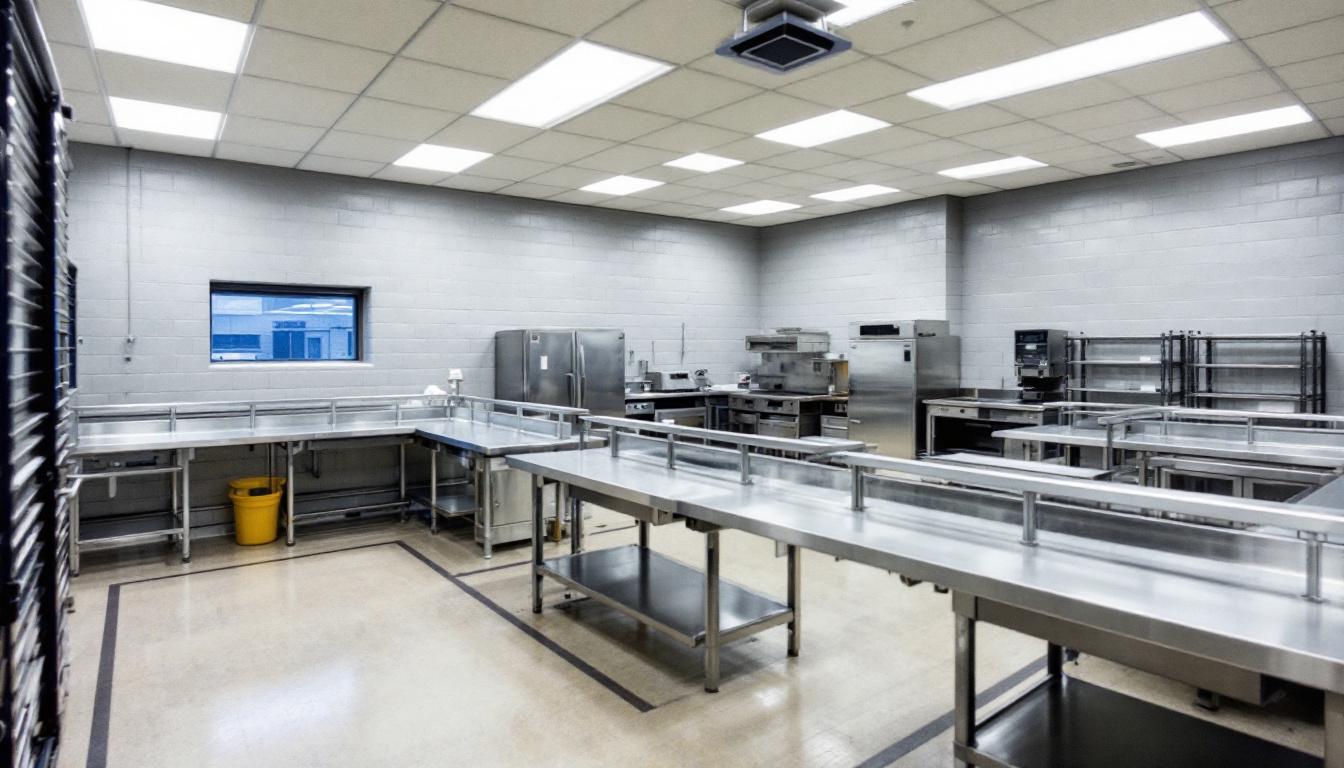
About Portage County Juvenile Court
Correctional facilities throughout Ohio’s Midwest region serve as critical components in the state’s justice system, with Portage County Justice, OH representing a key institution within this network of rehabilitation-focused centers. Located in Ravenna, this OH correctional facility operates within the broader framework of Ohio’s commitment to balancing public safety with meaningful reentry preparation for those in custody.
The facility’s collaborative approach emphasizes working alongside community organizations, educational providers, and support services to create comprehensive programming that addresses the population services needs of individuals preparing for eventual community reintegration. This partnership-oriented model typically includes vocational training opportunities, educational advancement programs, and counseling services designed to address underlying factors that may contribute to criminal behavior. The correctional facility generally maintains connections with local employers and educational institutions to facilitate smoother transitions upon release.
Positioned strategically within Ohio’s regional corrections network, the Ravenna location serves residents from surrounding counties while maintaining strong ties to local community resources. The facility’s rehabilitation programs often focus on developing practical skills, addressing substance abuse issues, and strengthening family connections through visitation and communication programs. This comprehensive approach reflects the broader trend in Midwest correctional facilities toward evidence-based practices that prioritize successful community reintegration while maintaining appropriate security measures and public safety considerations.
Programs & Services
Through comprehensive programming designed to address the multifaceted needs of the population, Portage County Justice Center demonstrates its commitment to fostering meaningful transformation and successful community reintegration. The facility’s approach recognizes that effective rehabilitation requires addressing not dedicated immediate behavioral concerns but also the underlying factors that contribute to recidivism. This holistic philosophy permeates throughout their various initiatives, creating an environment where participants can develop essential life skills while building the foundation for sustainable change.
Educational initiatives typically form the cornerstone of the facility’s programming structure, offering opportunities for participants to pursue academic advancement through literacy development, GED preparation, and basic skills enhancement. These programs often include individualized learning plans that accommodate diverse educational backgrounds and learning styles. Also complementing the academic offerings, vocational job training programs may supply hands-on experience in various trades and industries, equipping the population with marketable skills that enhance employment prospects upon release. Such training often includes certifications in areas like construction, food service, and maintenance, providing tangible credentials that facilitate workforce entry.
The facility’s support services encompass a broad spectrum of therapeutic and wellness-focused programs designed to address the complex challenges faced by the population. Recovery services typically include substance abuse counseling, group therapy sessions, and relapse prevention strategies that acknowledge the connection between addiction and criminal behavior. Also available are agriculture programs that may offer therapeutic benefits through outdoor work and responsibility-building activities, fostering both physical wellness and emotional stability. Wellness programs often include mental health counseling, stress management techniques, and family reunification services that strengthen community ties and support networks essential for successful reintegration.
Daily Life & Visitation
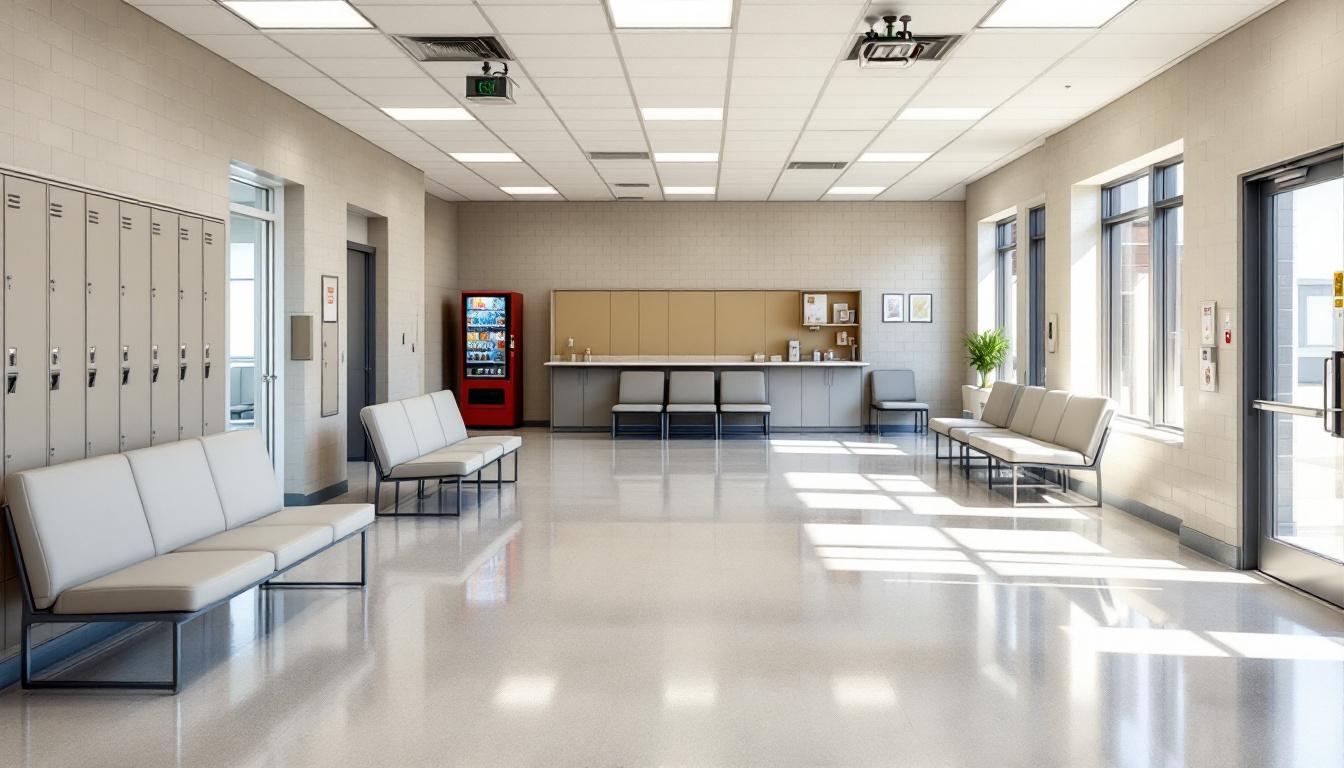
The carefully orchestrated administrative framework at Portage County Justice Center shapes every aspect of how the population experiences their time within the facility, with systematic protocols governing everything from morning wake-up procedures to evening lockdown routines. Today’s operations consistently follow established patterns that supply both security and predictability, as housing units typically maintain structured schedules that begin with early morning counts and progress through designated periods for meals, programming, and personal activities. The facility’s organizational approach generally ensures that the population moves through their daily responsibilities in an orderly fashion, with staff supervision maintaining appropriate oversight throughout all scheduled activities.
Living accommodations within the facility typically consist of housing units designed to accommodate the population in a secure environment, with residents generally assigned to cells or dormitory-style areas based on classification levels and security considerations. The population usually receives three meals daily in designated dining areas, with meal times carefully scheduled to manage movement throughout the facility while maintaining security protocols. Also, personal property allowances may include basic hygiene items and approved clothing, while commissary services often provide opportunities for residents to purchase additional approved items using funds from their accounts.
However, daily life extends beyond basic housing and meals to include various programming opportunities that supply structure and potential skill development for the population. Recreation periods typically offer time for physical exercise and social interaction within supervised settings, while work assignments may include facility maintenance tasks, kitchen duties, or other institutional jobs that help maintain operations. Also, visitation policies generally allow approved family members and friends to maintain contact through scheduled visits, while communication options often include monitored phone calls and correspondence, helping the population maintain important connections with their support systems during their time at the facility.
Ready to Connect?
Start communicating with your loved one today
Search for an Inmate
